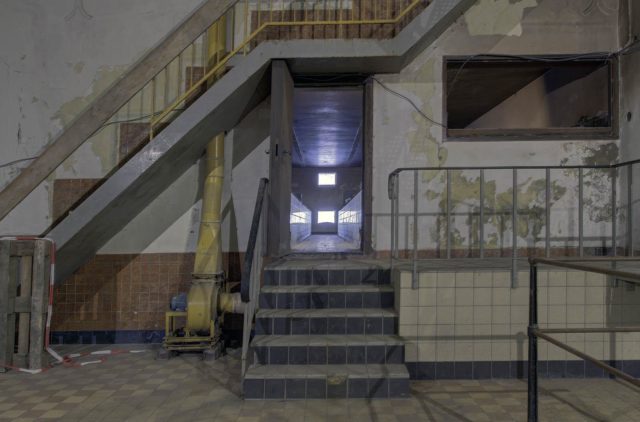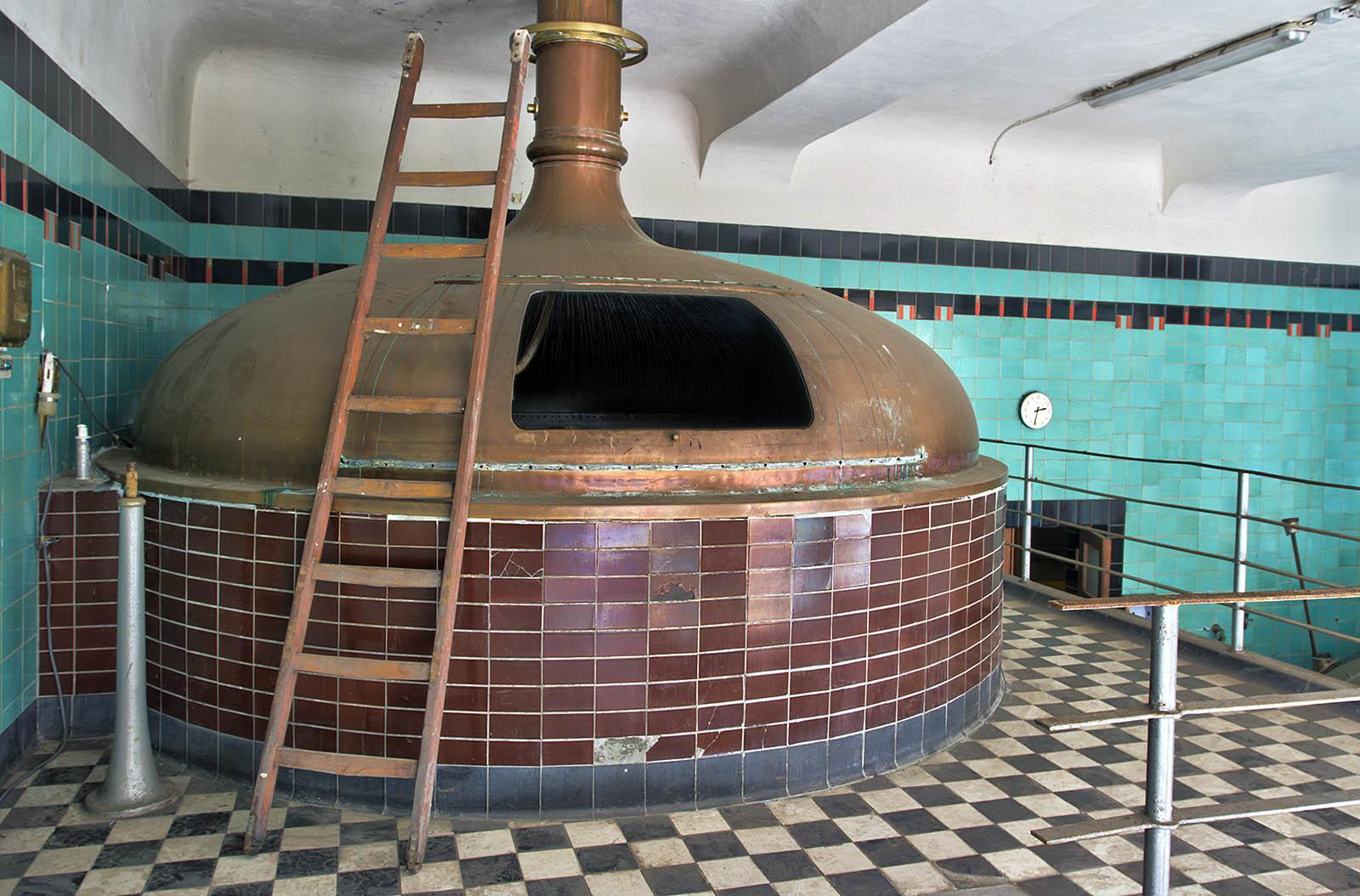The De Leeuw Brewery is based in Valkenburg, located in Dutch South Limburg. The building itself dates back to the 19th century, but while it no longer brews beer, it’s hopeful that the brewery will have a new life as a renovated recreation center.
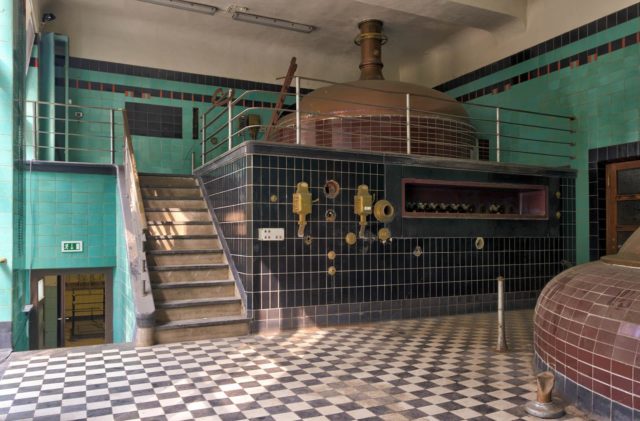
The history of the De Leeuw Brewery begins in 1871 in the German city of Aachen. A brewery was built there and named Dortmunder Brauhaus. The investors had hoped to trade internationally, but they faced difficulties in export.
A solution to this problem was to open a branch of the brewery just across the border in the Netherlands. The city of Valkenburg was chosen because the railway made it easy to transport beer from Aachen. This location also provided access to the ports at Rotterdam and Antwerp.
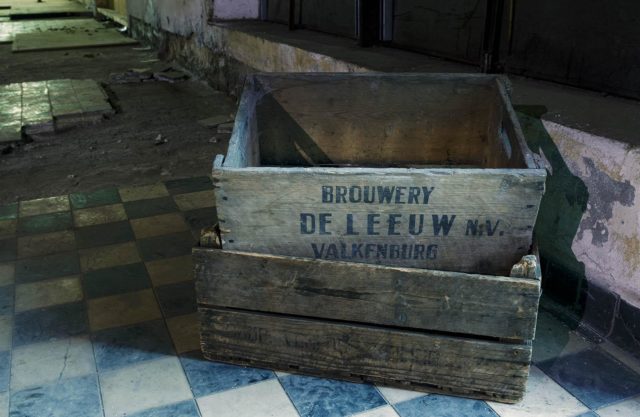
The Valkenburg branch opened in 1886 on the site of a former powder factory in the Plenkert area. The site was chosen because the powder factory already had a water wheel on the river Guel which could provide power to the brewery.
The full name of the factory was Aachener Exportbier Brouwerij Dittmann & Sauerlander Actien Maatschappij. The bottles sported a schutzmarke (a trademark) of a horse with the letters AEB. The brewery came to be known as the Valkenburgsche Leeuwenbrouwerij, but today it’s known as the De Leeuw Brewery.
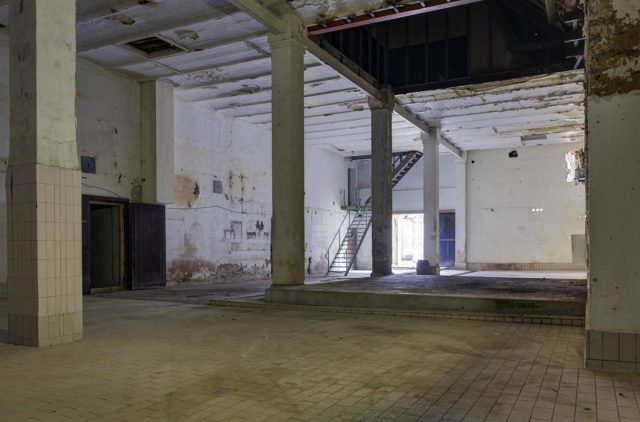
Initially, the beer was brewed solely for export and was not made available to the local market except as a specialty range now and again. However, when international trade became more difficult due to export costs and competition, the De Leeuw company began to supply to the local markets.
Ferdinand Frijns was appointed director of the brewery in 1909, and he successfully expanded the local markets. In fact, through his efforts, the brewery became more profitable than the parent company in Aachen.
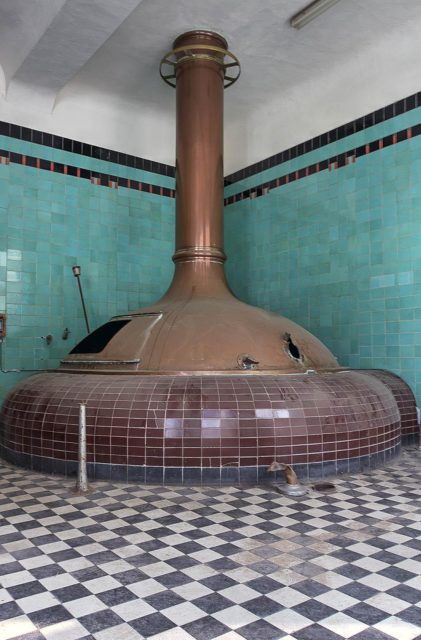
The declining export business combined with WWI spelled the end for the Aachen brewery in 1909 when it had debts to the tune of one million marks. Business was so bad that the decision was made to liquidate the Aachen brewery in August 1920.
In an effort to restart and rebrand the Valkenburg brewery, the old company was closed down, and shares were issued in a new company by the name of Bierbrouwerij De Leeuw in April 1921.
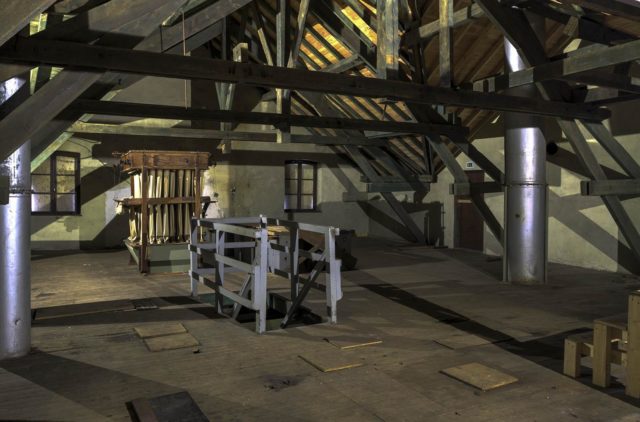
The rebrand was a success, and under the leadership of Frans Smeets (the descendant of a Valkenburg brewing family) and his successors, De Leeuw beer became available nationwide. The lager and Pilsner beers were particularly popular.
After Smeets passed away in 1932, the brewery was managed by Jan Philips and Paul Chambille, a descendant of a Maastrict brewing family. They steered the brewery through the difficult times of WWII.
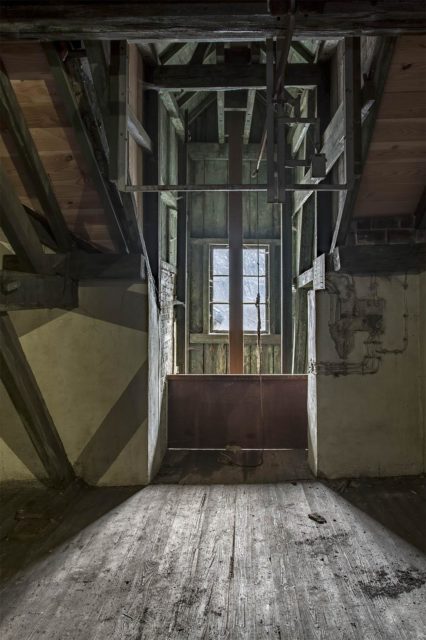
Despite a shortage of raw materials that nearly forced the brewery to close, the duo invested in a new building in 1936, which contained workshops, offices, a laboratory, warehouses, and a garage. Tragically, this building was lost when a burning gas tank from an airplane crashed into the building and destroyed it.
In May 1958, Haïs Chambille (son of Paul) and Jan Scheurs took over the business and managed to increase turnover and move to the nationwide distribution of their products. From 1978 onwards, the new directors focussed on supplying catering establishments outside Limberg, a very smart move that saw the company grow steadily.
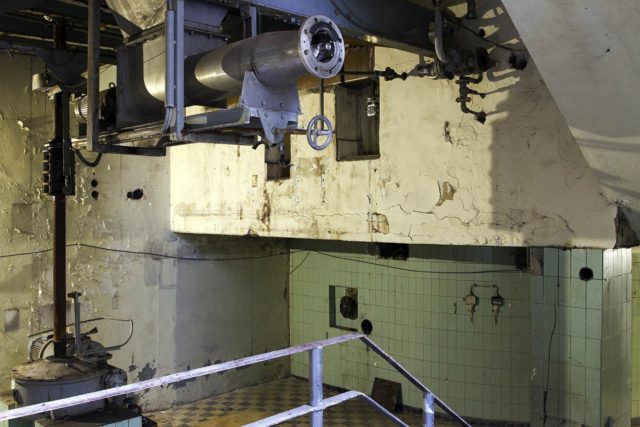
The brewery became one of the largest in Limberg and even won awards, such as the gold award at the 1962 European Olympiad of beer. When the 100th anniversary of the brewery came around in 1986, the Jubilee beer was released, and in 1990, one of the first white beers in the Netherlands was produced.
All this success brought about a contract with Aldi to stock the beers under the name of Karlsquell. However, by the end of the 1990s, the contract was not proving very profitable for the brewery, so it was terminated. This meant a substantial decrease in production from 140,000hl to 90,000hl.
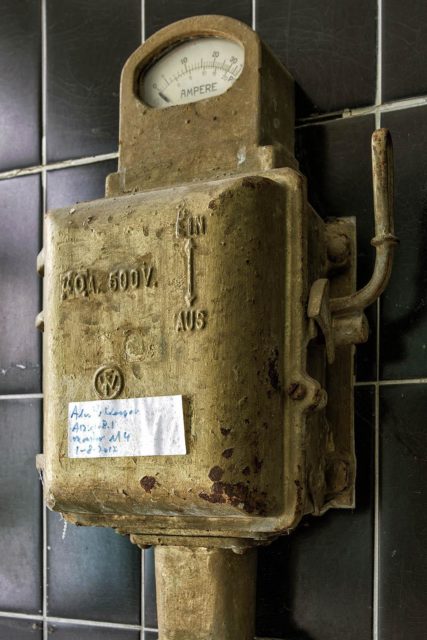
The business didn’t recover, and in March 2000, the brewery was sold to the Belgian Haacht Brewery. The new owners gradually transferred the bottling and brewing process to Belgium, until only a sales office was left in Valkenburg by 2006. Haacht initially had plans to turn the Valkenburg site into a tourist city brewery.
The abandoned brewery was described by some urban explorers as “an almost impregnable fortress” after the doors were closed for good in 2002. Everything was boarded up and security measures to deter squatters and vandals were put in place.
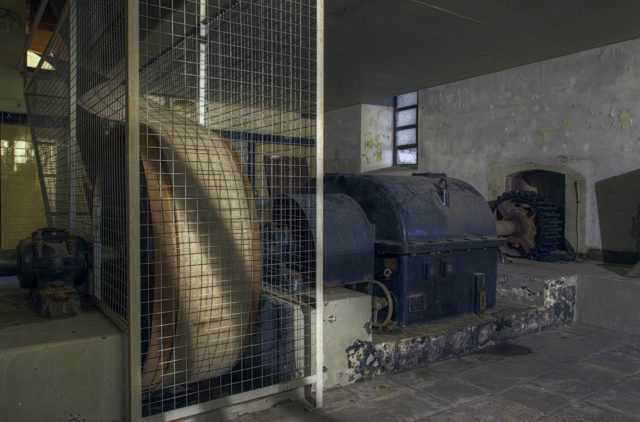
Current plans, as detailed on a Limburg tourist information site, indicate that the brewery will be transformed into a recreational area called Par’Course with a focus on cycling and fishing. The recreational area will be built and managed by Shimano, and it is hoped that the brewery site will be the start of the Amstel Gold Race in the future.
The waterwheel at the brewery is the largest example of its kind in the Netherlands. It is particularly notable because it’s still functioning, whereas all other waterwheels have been overtaken by modern technology.
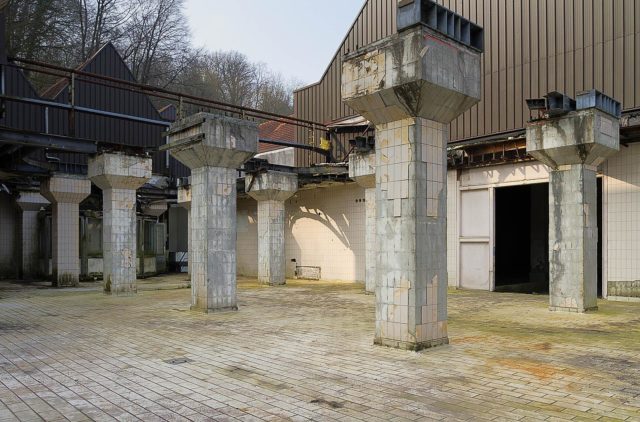
The pictures in this article belong to photographer Marco Delnoij. On his website, Marco shares his experiences of exploring abandoned places. He has visited many locations and publishes pictures of them along with associated stories. Visit his blog here to check more of his works.
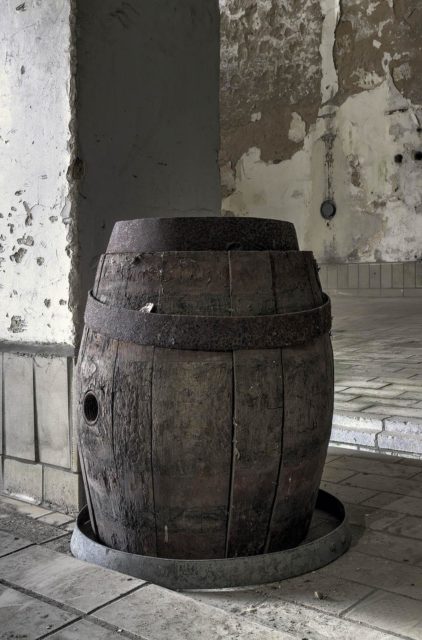
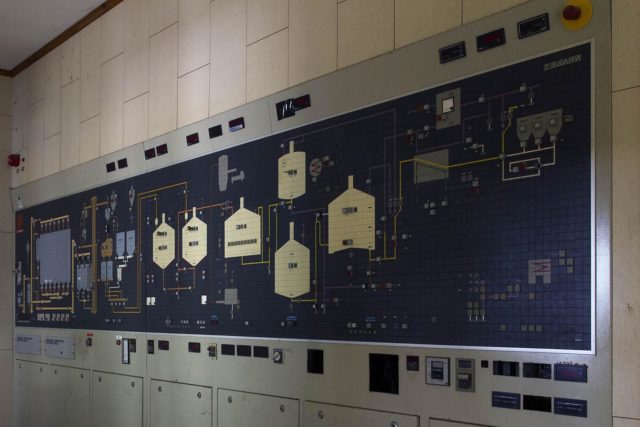
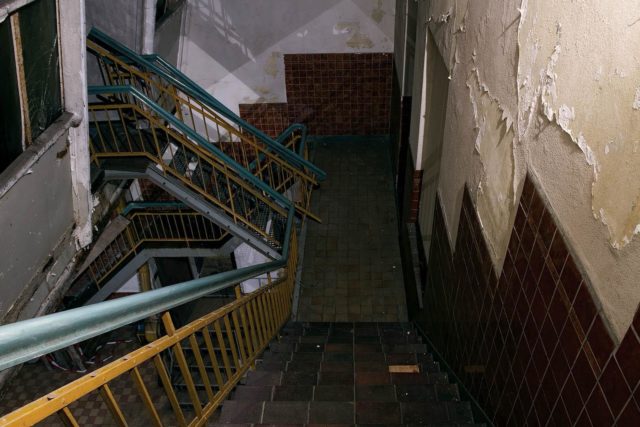
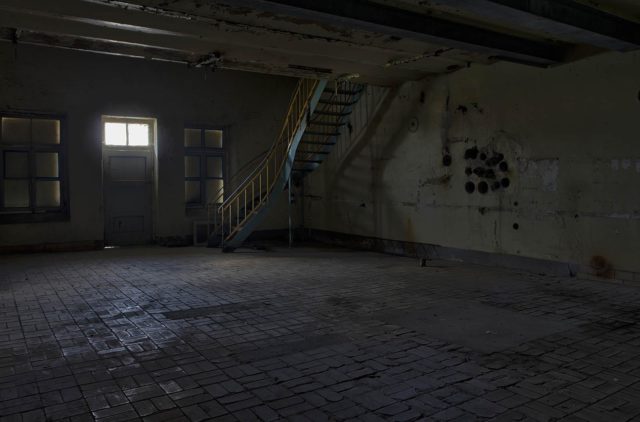
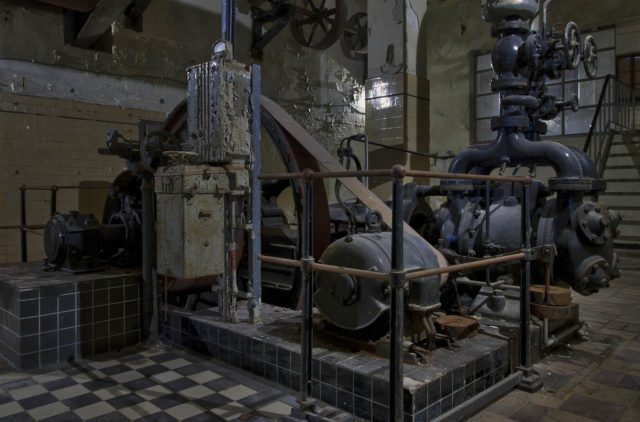
Another Article From Us: Demolished Curtis Paper Mill in Milford, NJ
